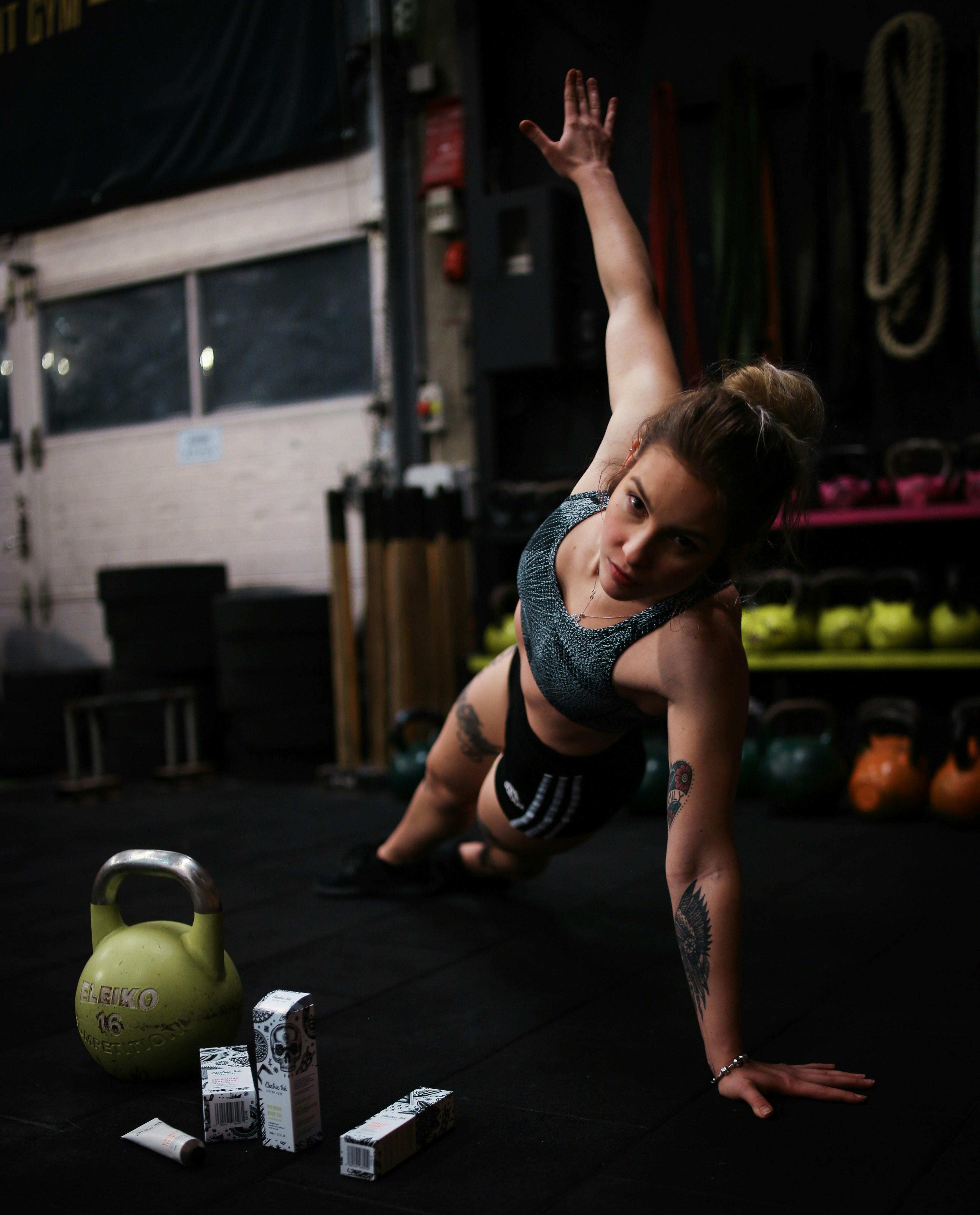In the bustling rhythm of modern life, carving out time for fitness can often feel like trying to solve a complex puzzle. Yet, much like any masterpiece, the secret to a successful workout routine lies in its structure. Welcome to the art of crafting a balanced weekly workout plan—a harmonious blend of strength, flexibility, and endurance that caters to both body and mind. In this guide, we’ll explore how to transform your fitness aspirations into a symphony of movement, ensuring each muscle group finds its moment in the spotlight while keeping monotony at bay. Whether you’re a seasoned athlete or a curious beginner, join us as we delve into the essential elements that compose a well-rounded regimen, designed to energize your week and elevate your well-being.
Crafting the Perfect Weekly Workout Blueprint
Designing a weekly workout plan that aligns with your fitness goals involves a thoughtful blend of various exercise types to ensure comprehensive physical development. Start by incorporating a mix of cardiovascular exercises, strength training, and flexibility routines. This blend helps in building endurance, increasing muscle strength, and enhancing overall flexibility.
- Cardio: Aim for at least 150 minutes of moderate aerobic activity or 75 minutes of vigorous activity each week. This can include activities like running, cycling, or swimming.
- Strength Training: Integrate at least two sessions per week focusing on major muscle groups. Utilize bodyweight exercises or free weights to enhance muscle tone and strength.
- Flexibility and Balance: Dedicate time to stretching and balance exercises such as yoga or Pilates to improve your range of motion and prevent injuries.
Remember to listen to your body and adjust the intensity and duration of each session as needed. Recovery days are equally crucial, allowing your body to repair and grow stronger, so consider incorporating one or two rest days into your plan.

Balancing Cardio and Strength for Optimal Results
Creating a harmonious blend of cardio and strength training is essential for achieving optimal fitness results. A well-structured weekly workout plan should incorporate both elements to enhance overall health, improve endurance, and build muscle. To ensure a balanced approach, consider these key components:
- Frequency: Aim for at least three to four days of cardio and two to three days of strength training each week. This allows for adequate recovery and ensures that both systems are being adequately challenged.
- Intensity: Vary the intensity of your workouts. Include high-intensity interval training (HIIT) sessions for cardio, while mixing heavier weights with lower repetitions and lighter weights with higher repetitions for strength training.
- Recovery: Incorporate rest days and active recovery, such as yoga or light stretching, to prevent overtraining and reduce the risk of injury.
By thoughtfully balancing these elements, you create a dynamic and engaging workout regimen that not only keeps you motivated but also propels you towards your fitness goals.
Incorporating Rest and Recovery into Your Routine
In any effective fitness regimen, the role of rest and recovery cannot be overstated. While the hustle of high-intensity workouts and rigorous training sessions may steal the spotlight, rest days are equally crucial for achieving optimal results. Incorporating these days into your weekly routine ensures your muscles have the necessary time to repair, grow, and prevent injury. It’s important to listen to your body and allow it the time it needs to recuperate. Consider integrating the following strategies:
- Active Recovery: Opt for low-intensity activities such as yoga, walking, or light swimming. These exercises promote blood circulation, aiding muscle repair without the strain of a regular workout.
- Sleep Prioritization: Quality sleep is the cornerstone of effective recovery. Aim for 7-9 hours per night to facilitate muscle growth and hormone regulation.
- Hydration and Nutrition: Fuel your recovery with adequate hydration and a balanced diet rich in proteins and essential nutrients. This supports muscle repair and replenishes energy stores.
By weaving these elements into your fitness plan, you not only enhance performance but also cultivate a sustainable, healthy lifestyle.

Tailoring Your Plan to Meet Personal Fitness Goals
Designing a workout plan that aligns with your personal fitness aspirations is akin to crafting a bespoke suit; it requires attention to detail and an understanding of your unique needs. Start by evaluating your current fitness level and specific goals, whether it’s building strength, enhancing flexibility, or improving cardiovascular health. Once these are clear, you can incorporate a variety of exercises that cater to different aspects of fitness, ensuring a well-rounded regimen.
- Strength Training: Integrate weight lifting or resistance exercises at least twice a week to build muscle and boost metabolism.
- Cardio Workouts: Include activities like running, cycling, or swimming to improve heart health and burn calories.
- Flexibility and Balance: Dedicate time to yoga or pilates to enhance flexibility and prevent injuries.
- Rest and Recovery: Don’t forget to schedule rest days to allow your body to heal and adapt.
By mixing these elements thoughtfully, you create a dynamic and engaging workout plan that not only meets your fitness goals but also keeps you motivated and excited. Remember, the key is consistency and listening to your body’s feedback, adjusting your plan as needed to continue progressing.































